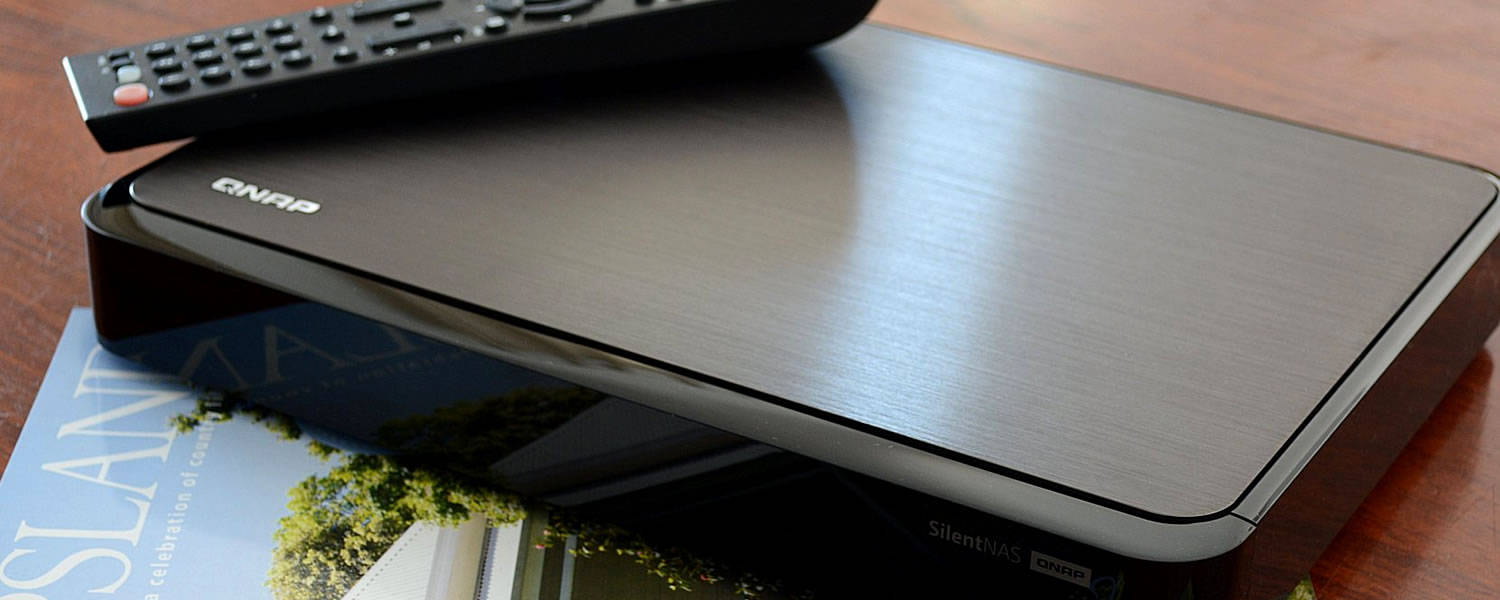QNAP Turbo System 4.1 Software
After installing and configuring the HS-210, you can connect to the administration interface using your favorite web browser to access a host of options seen below.
Compared to version v3.x, the new v4.0 allows multiple windows to be run at the same time, making it possible to jump from say folder privileges to installed applications in just a click or, alternatively, you can view them at the same time.
When paired with QTS 4.0, the QNAP Qsync utility for Windows provides seamless file synchronization. This lets users keep files updated on each linked computer and mobile device. Qsync provides flexible ways of file synchronization and group file sharing with the Team Folder, greatly enhancing the potential for collaboration.
Just about everything can be customized in some way. The main menu includes sections titled System Settings, Privilege Settings, Network Services and Applications, these all contain several submenus.
Under System Settings, we first entered the "General Settings" submenu where the server name and port can be configured, as well as time, date and language settings. The "Network" submenu follows with TCP/IP settings along with a few status options such as link speed and activity.
The "Hardware" submenu allows you to define various fan control options via the Smart Fan feature in addition to letting you tweak the hard disk standby mode and the minimum free space limit before disabling the light signal alert. You can also enable or disable the alarm buzzer for error reporting.
By default, the security settings are set to low, but you can easily change this to medium or high in the appropriate section if you believe it's necessary for your needs. You can also specifically define which IP addresses or networks are permitted or barred from accessing the device's contents.
"Storage Management" contains a "Volume Management" submenu that allows you to setup various volumes using a number of different configurations. For example, it's possible to set just two of your four drives in RAID0 while placing the others in RAID1, 5, 6 or even a non-RAID configuration.
The "Network" menu includes options for Microsoft and Apple networking as well as NFS and FTP services. There are Telnet/SSH, SNMP, Web Service and Network Service Discovery options too.
The QTS 4.0 also includes applications such as the Web File Manager, Multimedia Station, Download Station, Surveillance Station, iTunes Service, UPnP Media Server, MySQL Server and QPKG Plug-ins.
With these you can set up an image slideshow, stream music encoded in the most popular formats, and perform PC-less BitTorrent, FTP, and HTTP downloads. There's even a remote control application, dubbed QGet, to remotely manage these downloads from any Windows or Mac computer. Realize that we're only scratching the surface here, as you'll find settings for nearly anything you can imagine.













